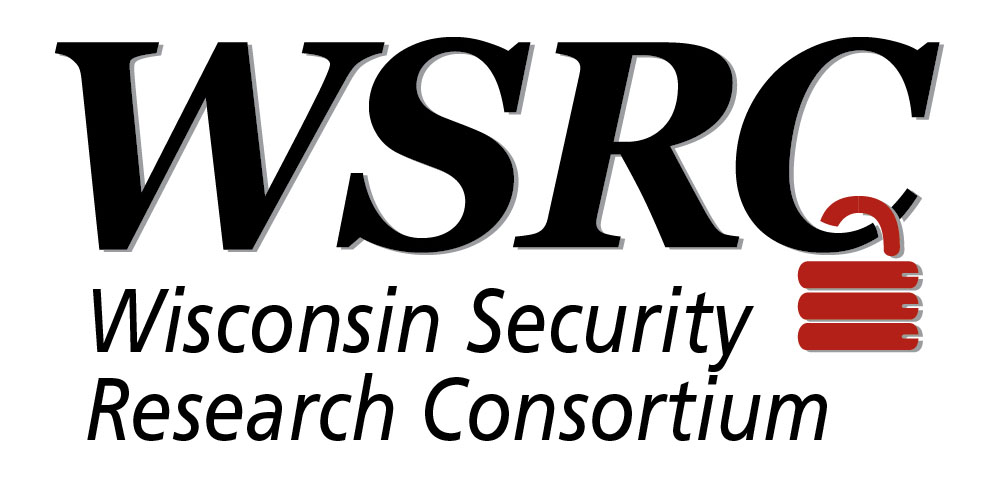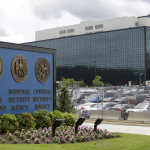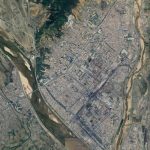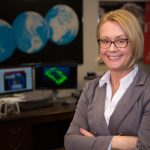Mission
The Wisconsin Security Research Consortium (WSRC) enhances Wisconsin’s position to attract and retain research and development grants from federal government agencies for the purpose of conducting sensitive academic and business research and related development work. This research contributes to the health, safety, and security of the people of Wisconsin and the citizens of the United States, regardless of where they live.
The WSRC facilitates R&D projects involving academic research institutions and companies in Wisconsin in concert with federal agencies such as the Department of Homeland Security, the Department of Defense/DARPA, the Department of Agriculture, and related federal agencies. WSRC works with Wisconsin companies and academic institutions to secure federal and research dollars.
Who we are
Get to know our people.
What we do
Here’s how WSRC helps Wisconsin academic institutions, researchers, and businesses secure sensitive R&D grants:
- Market Wisconsin’s core competencies in technologies related to homeland security, national security, and other federal needs.
- Advise companies applying for federal grants and seeking federal contracts.
- Provide a pathway to federal opportunities for Wisconsin faculty and researchers.
- Establish a system to easily facilitate questions from businesses in search of UW–Madison, Universities of Wisconsin, or private college expertise.
- Organize teams of research, development, and technology transfer experts to meet specific needs.
- Create networking and collaborative opportunities for researchers, business members and federal contacts.
- Where necessary, designate the independent, non-profit WSRC to serve as a clearing house for federal RD dollars in sensitive research areas.
Reach out to learn more.
Areas of focus
The Wisconsin Security Research Consortium works to meet the following Homeland Security needs:
- Prevention: Biometrics, vaccines, intelligent systems, composites, food and water safety, vector-borne diseases, explosion detection and cargo screening systems are examples.
- Detection: Bio and radiation sensors and training.
- Reaction: Emergency Medical Service equipment, mass data storage, communications, and computer modeling.
- Recovery: Biomediation and decontamination.
WSRC News & Articles
Wisconsin R&D assets include but are not limited to the following:
- Alternative energy and conservation
- Artificial intelligence (AI)
- Augmented reality (AR)
- Biometrics
- Biosensors
- Blood research
- Cryptography and cryptology
- Cybersecurity
- Detection technology
- Engineering physics
- Extreme materials
- Field-programmable gate arrays (FPGA)
- Food and water safety
- Geospatial imaging
- High-performance computing (HPC)
- Kinesiology
- Machine learning (ML)
- Mathematics and number theory
- Medical devices
- Nanotechnology
- Natural resources
- Oceanography
- Photonics
- Physiology
- Power systems solutions
- Quantum computing and quantum science
- Rapid analysis of biological samples
- Regenerative medicine
- Radio-frequency identification (RFID)
- Risk assessment and analysis
- Robotics
- Social and behavioral science
- Software-defined radio (SDR)
- Space technology and spacecraft systems
- Virology
- Virtual reality (VR)
- Weather research
- Zoonotics
Learn about research opportunities.











